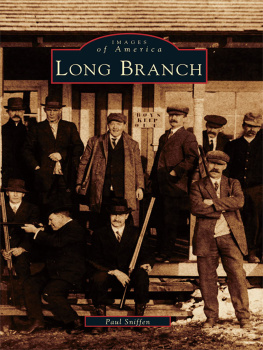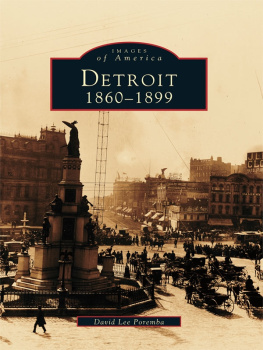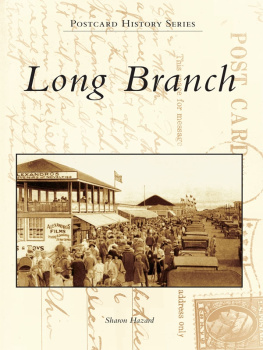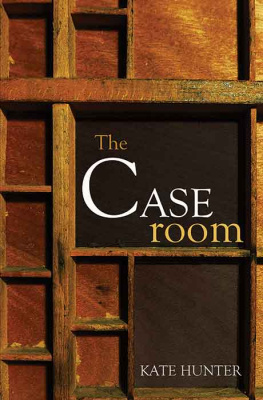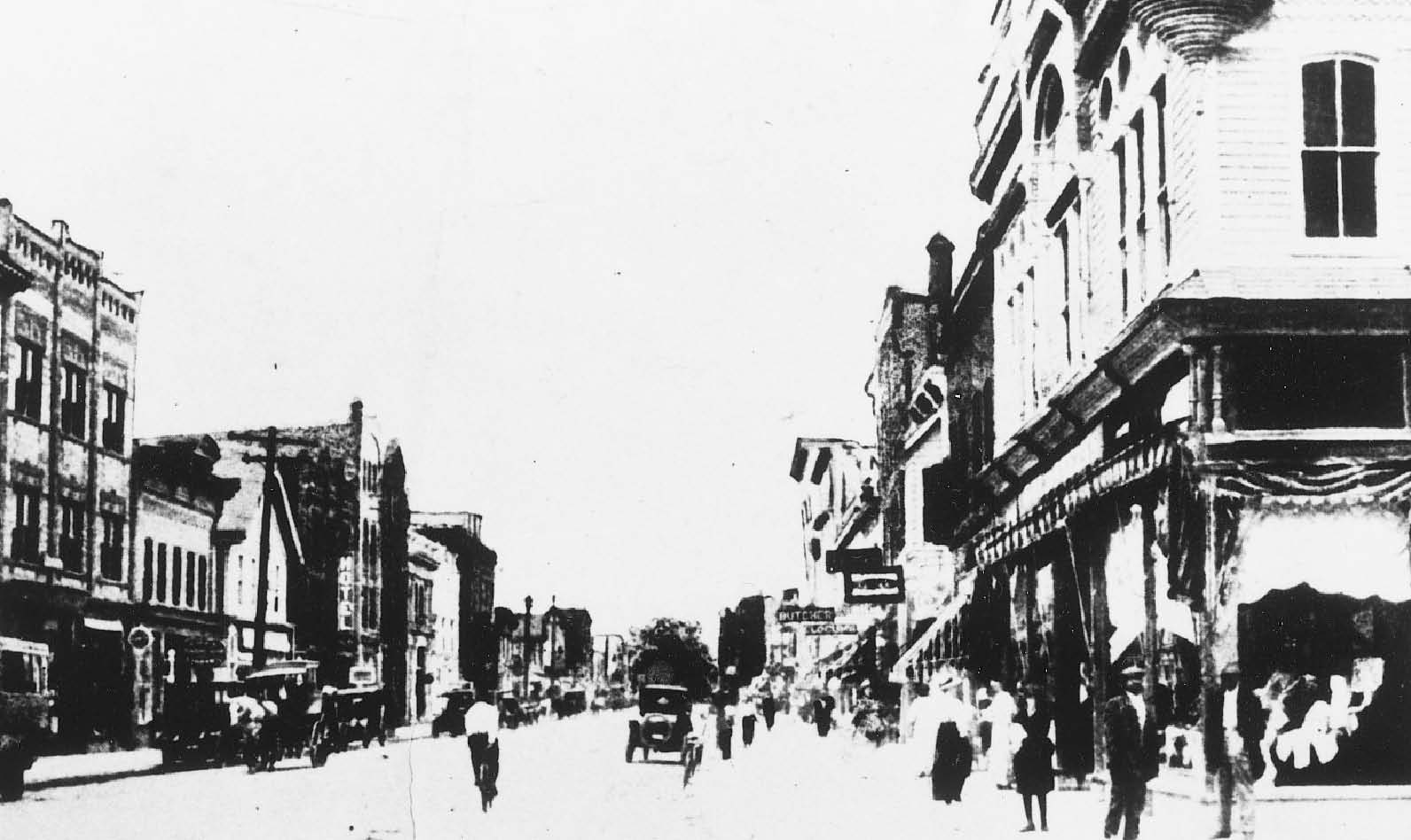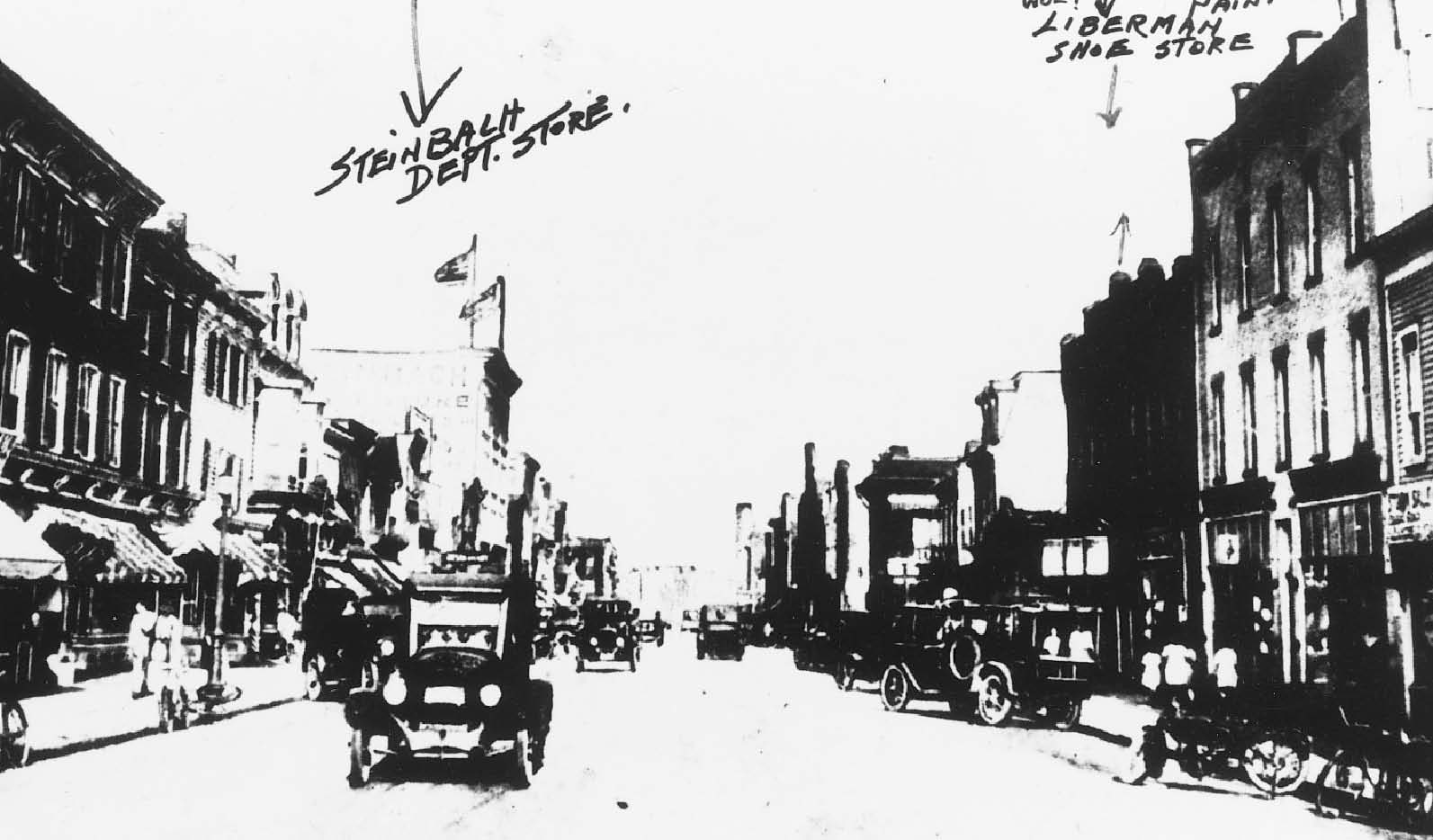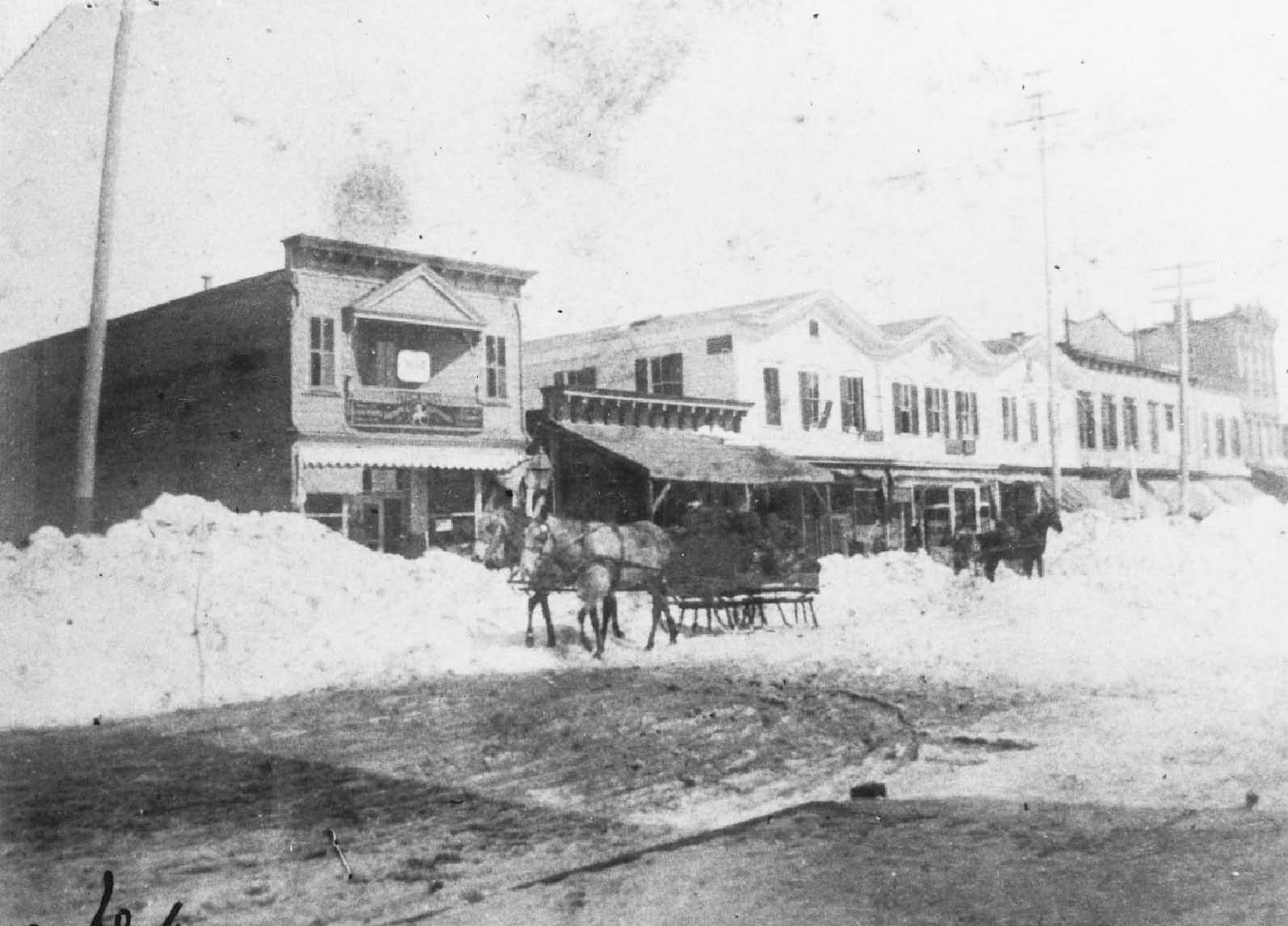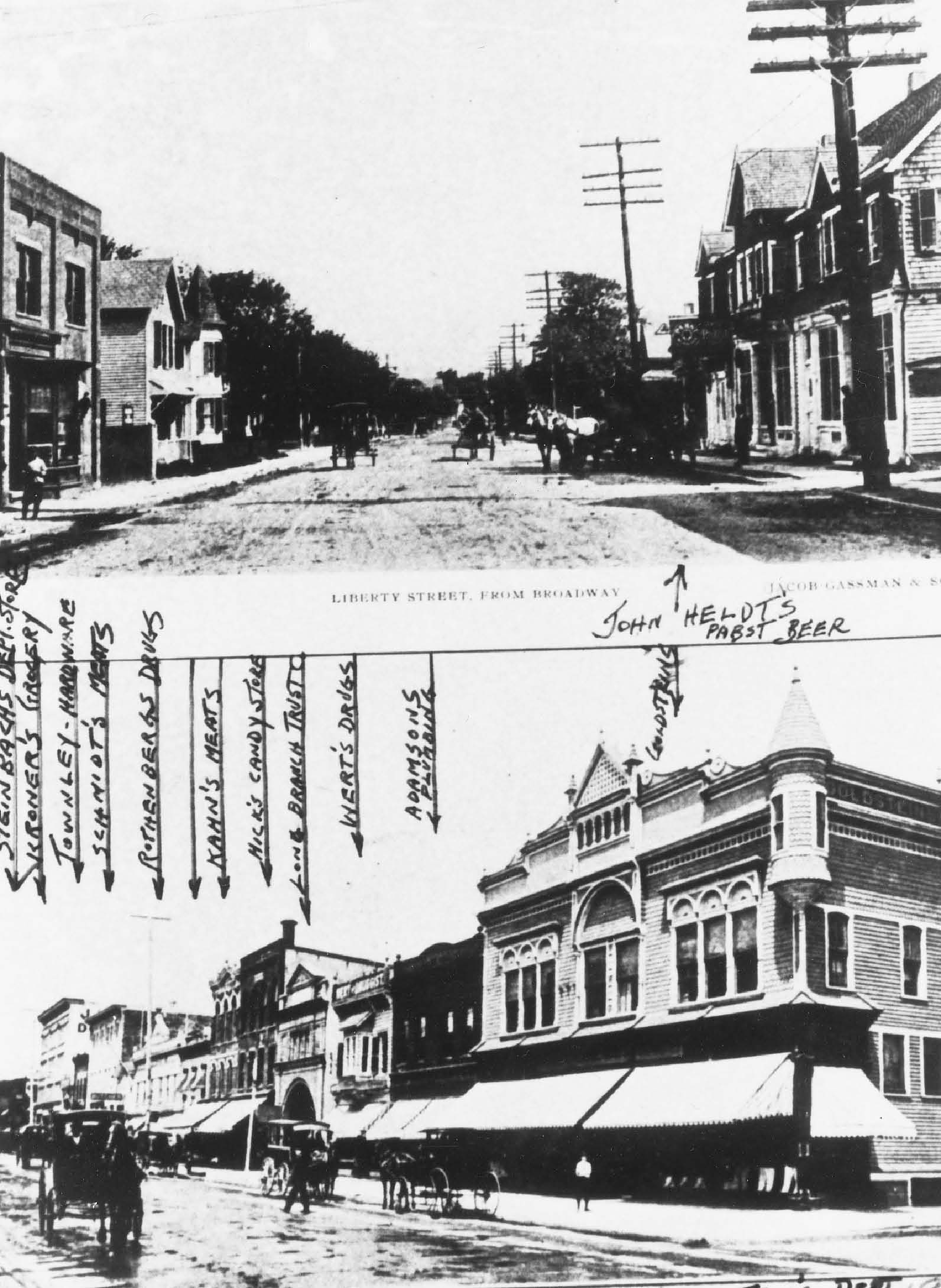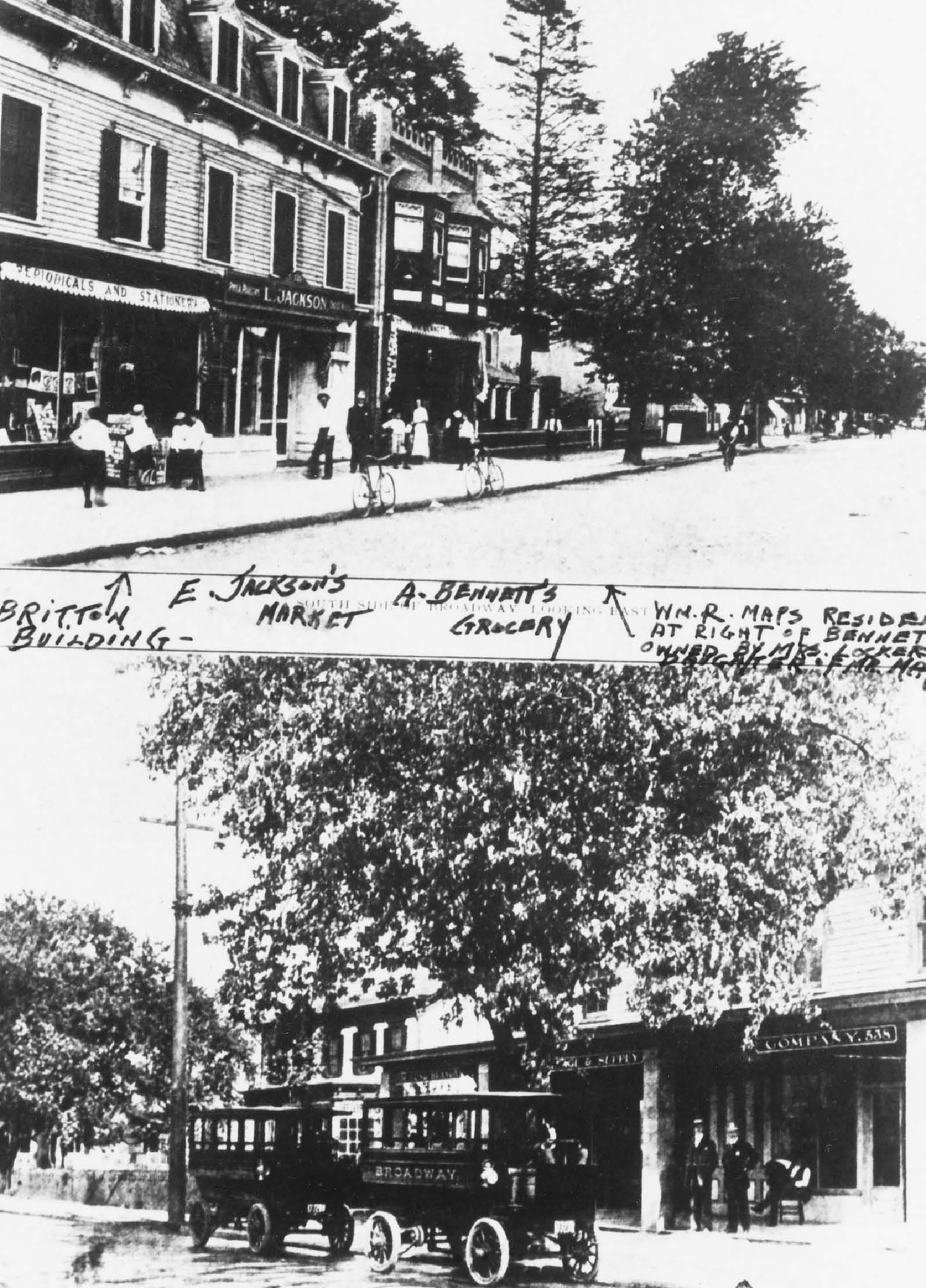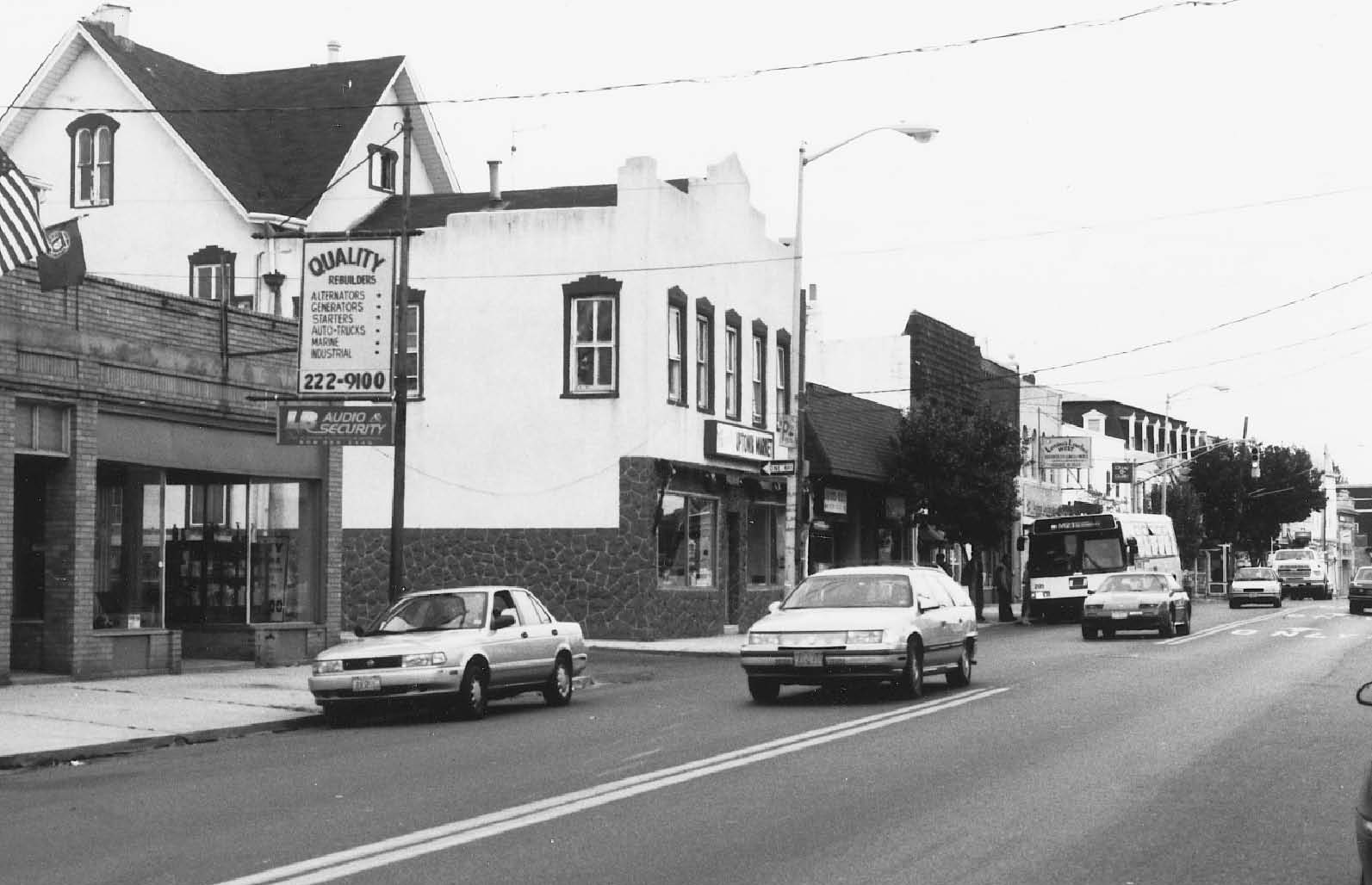Introduction
Long Branch is a unique city with a history as interesting as it is long. Unfortunately, many aspects of this history have faded with the passage of time. For a while, stories of Long Branchs past were handed down from generation to generation, but with the migration of old families from the area, many of these stories have been lost. It is the intention of this photographic history of Long Branch to refresh some of those lost memories, and to rekindle interest in what is one of the greatest nineteenth-century American cities.
The coast of Long Branch was explored by John Cabot in 1498, Giovanni Da Verrazano in 1524, and Estevan Gomez in 1525. In 1664 Henry Hudson claimed the territory for the Netherlands, and it was originally settled by the Dutch. The area known as the Netherlands was later deeded to Charles II of England. James, Duke of York, eventually divided the land between the Hudson and Delaware into East and West Jersey and deeded the land to Lord Berkeley and Sir George Cateret. Berkeley and Cateret named it Nova Cesara.
Long Branch was settled by colonists who had migrated by way of Long Island seeking religious freedom. In 1665 Colonel Richard Nicholls allowed members of the Monmouth Patent to purchase land between Raritan Bay and the Atlantic Ocean. In 1668, John Slocum, Eliakim Wardell, Joseph Parker, Peter Parker, and a Mr. Hulet met with leaders of the Leni Lenape Indians to purchase land. There was a dispute between the Leni Lenape and the colonists over the amount of land to be purchased, but when the dispute was settled the boundaries of Long Branch were set. The name Long Branch came from the long branch of the Shrewsbury River on the north shore of the city.
In the eighteenth century Long Branch was inhabited by self-sufficient people who hunted, fished, and farmed, much as the Leni Lenape had done before them. In the nineteenth century, as shipping increased between New York and Philadelphia, the area began to expand rapidly. As the natural beauty of Long Branch became known, the rich and famous from New York, Philadelphia, and Washington, D.C., began to frequent the area. The waterfront soon evolved from an area of cottages and farmhouses to mansions and hotels, becoming the premier summer resort of the Northeast. Leaders in fashion, finance, theater, politics, and the military flocked to Long Branch by the hundreds. Among them were General Winfield Scott, Edwin Booth, Edwin Forrest, Maggie Mitchell, George W. Childs, George Pullman, Jim Fisk, Diamond Jim Brady, Lillian Russell, Horace Greeley, Lily Langtry, Henry Ward Beecher, Buffalo Bill Cody, General Phillip Sheridan, and General George Meade. As if this were not enough for the local economy, Presidents Chester A. Arthur, James A. Garfield, Ulysses S. Grant, Rutherford B. Hayes, Benjamin Harrison, and William McKinley spent their summers at Long Branch, and President Woodrow Wilson stayed in West Long Branch.
In June 1881 President Garfield left Long Branch to return to Washington. On July 2 he was shot by Charles Jules Guiteau. The President returned to the Francklyn Cottage in Long Branch to recuperate from the gunshot wound, and a rail line was built from the Elberon station to the Francklyn Cottage to transport him. He never recovered, however, and died on September 19, 1881.
Today Long Branch is a bedroom community, with commuters using the New Jersey Transit buses and trains as well as the Garden State Parkway to travel north to work each day. Some family businesses that were started in the last century still exist in Long Branch, but many of the residents now work at the nearby Monmouth Medical Center, Fort Monmouth, and AT&T. Few people are aware of the areas historical and cultural importance. However, unlike many bedroom communities, Long Branch is now entering a period of renaissance. The beachfront is being redeveloped and Ocean Avenue is being expanded. Business and commerce on East and West Broadway and in West End are thriving, and many of the eighteenth-century homes are still lived in and maintained to high standards. Hopefully, this renewed interest in the area will cause people to investigate the history of Long Branch. Those that do have a great deal to discover. And those that live here, or were raised here, would no doubt agree with me: Long Branch is a great place to be from, as well as to return to.
One
Broadway
This 1907 photograph shows the section of Broadway between Liberty Street and Third Avenue. Among the businesses that called Broadway home at this time were J. Hicks, jeweler, at 180 Broadway, and Joseph Goldsteins department store, which can be seen in the right-hand corner of this photograph. This image testifies to the fact that in the first decade of the twentieth century city streets still saw far more horses than automobiles. (Durnell Collection.)
This 1907 scene on Broadway shows Steinbachs department store on the left and Libermans shoe store and Leowitzs paint store on the right. Note the motorcycle and the bicycles at the curbs. (Durnell Collection.)
This view shows Broadway, looking toward Liberty Street, in 1888. The snowstorm may be the famous Blizzard of 88 that newspapers reported as stopping all forms of transportation for days. What appears to be a trolley track in the foreground is really a curb or sidewalk with sled tracks alongside it. (Durnell Collection.)
The top half of this 1909 image shows the north side of Broadway as seen from Liberty Street, in a photograph taken by Cottrell; the bottom half shows Liberty Street as seen from Broadway, in an photograph from the Jacob Gassman & Son photography shop. (Durnell Collection.)
This 1909 image shows the south side of Broadway looking east (top) and the Broadway Bus Company (bottom). Maggie Mitchells cottage is located behind the buses in the bottom section. (Durnell Collection.)

